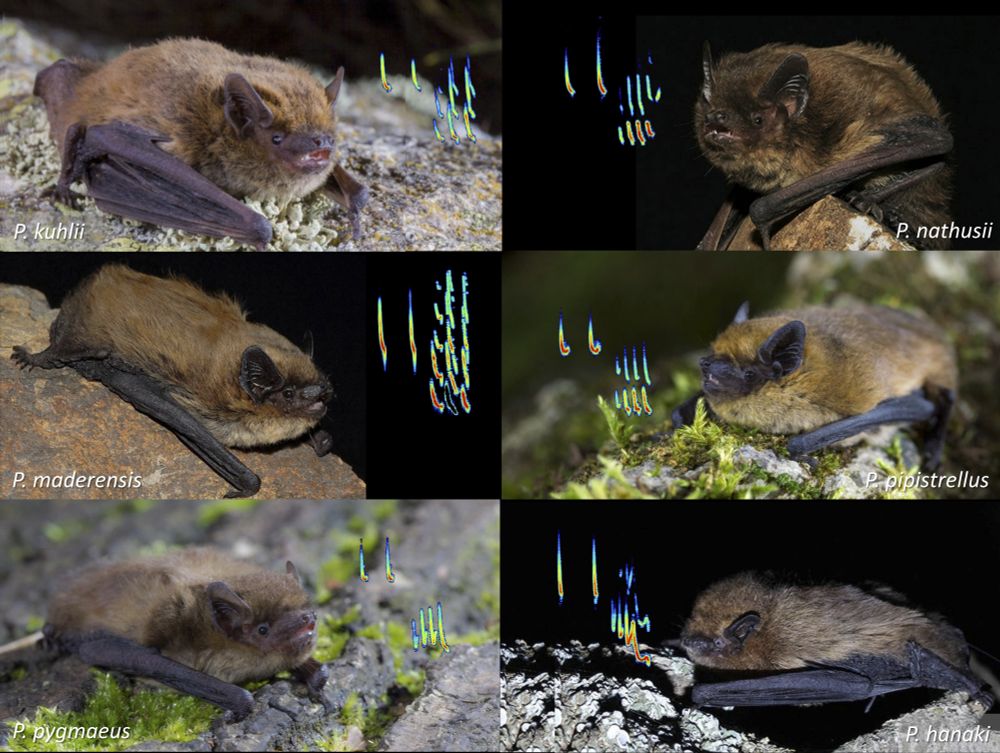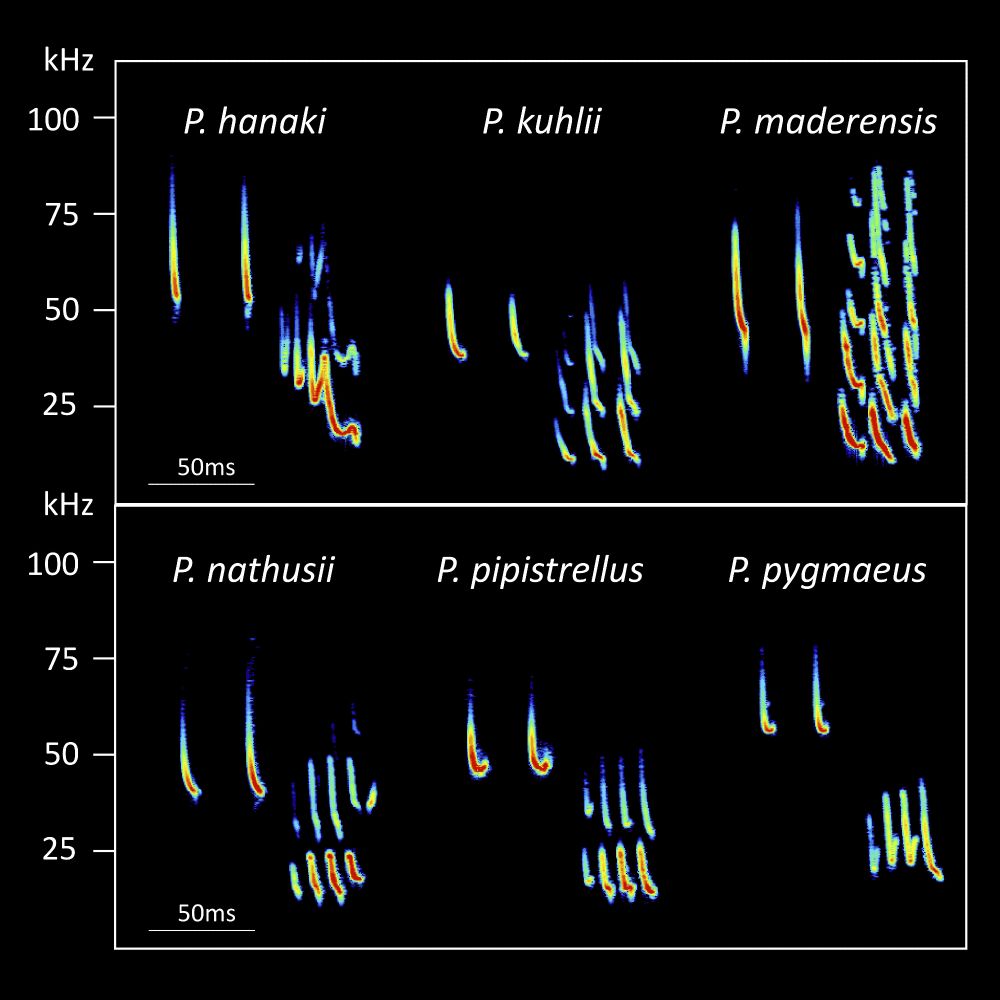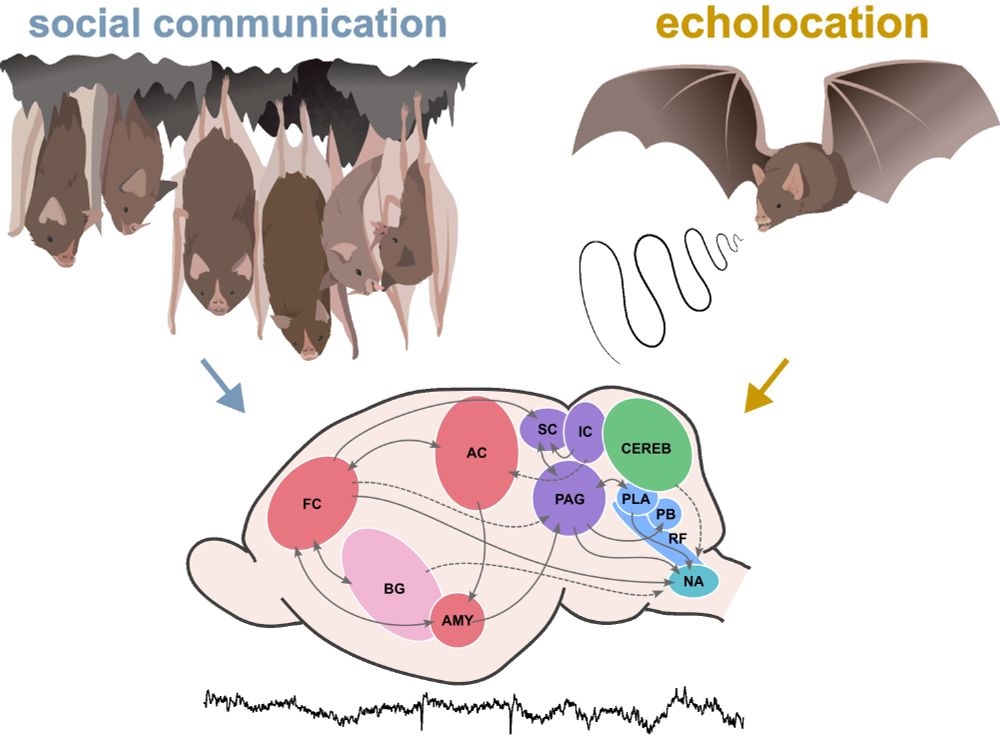Susanne Babl
@susannebabl.bsky.social
85 followers
100 following
9 posts
Neuroethologist - bats and brains 🦇🦇🧠
Postdoc at FU Berlin
Posts
Media
Videos
Starter Packs
Reposted by Susanne Babl
Susanne Babl
@susannebabl.bsky.social
· Jul 22
Reposted by Susanne Babl
PLOS Biology
@plosbiology.org
· Jun 24
Too poor to science: How wealth determines who succeeds in STEM
From student to researcher, a career in science can come with a high price tag. This Perspective explores how persistent financial barriers limit who can succeed in science, revealing how wealth shape...
plos.io
Reposted by Susanne Babl
Reposted by Susanne Babl
Susanne Babl
@susannebabl.bsky.social
· Apr 24
Susanne Babl
@susannebabl.bsky.social
· Apr 24
Susanne Babl
@susannebabl.bsky.social
· Apr 24
Susanne Babl
@susannebabl.bsky.social
· Apr 24
Susanne Babl
@susannebabl.bsky.social
· Apr 24
Susanne Babl
@susannebabl.bsky.social
· Apr 24

The dorsal and ventral hippocampus contribute differentially to spatial working memory and spatial coding in the prefrontal cortex
The hippocampus and prefrontal cortex interact to support spatial working memory, but are the dorsal and ventral hippocampus functionally redundant in this context? This study shows that both hippocam...
journals.plos.org






